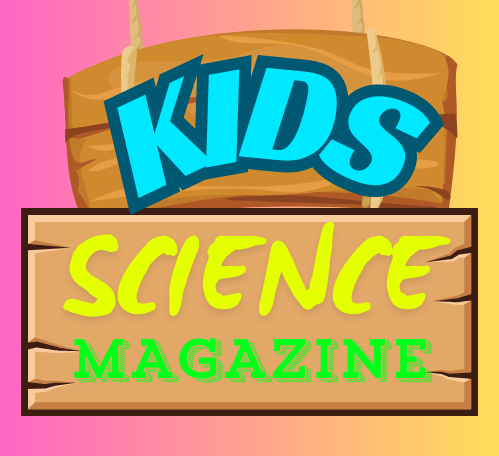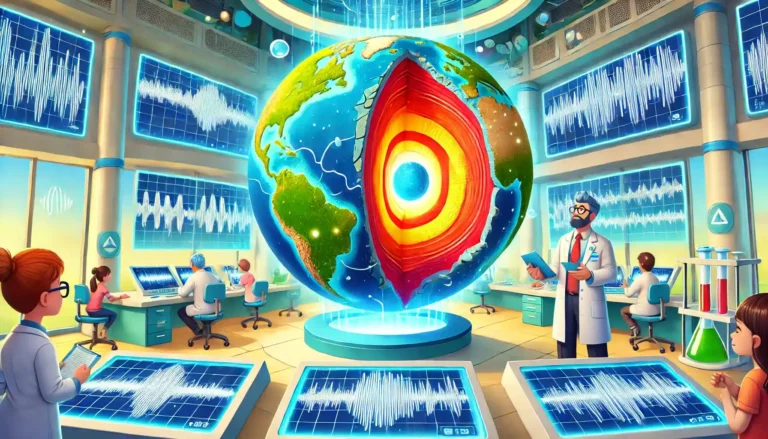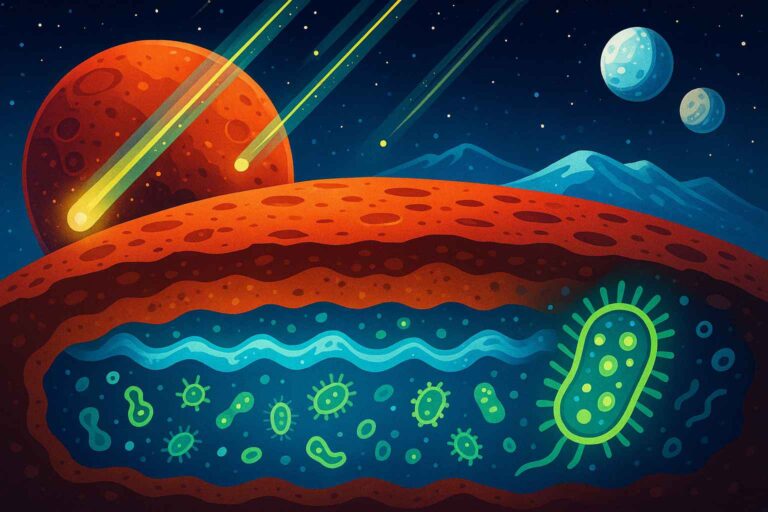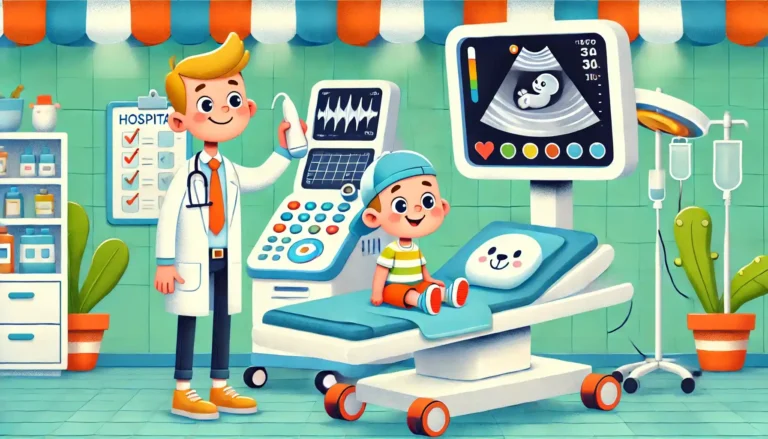
Meet the tiny ocean recyclers that learned to snack on our trash.
Deep beneath the waves, scientists have discovered bacteria that can eat plastic! Using a special enzyme called PETase, these microbes are adapting to pollution and offering new clues for future recycling solutions.
NEWS STORY:
Every year, millions of tons of plastic end up in the world’s oceans—bottles, shopping bags, fishing lines, and even microfibers from clothes. Plastic is strong, cheap, and useful… but it does not break down easily. A single bottle can last hundreds of years in the sea!
But something amazing is happening deep beneath the waves. 🌊
Scientists have discovered bacteria that can eat plastic. Yes, eat it.
🧫 The Ocean Has Recruited Helpers
Researchers from KAUST (King Abdullah University of Science & Technology) studied ocean samples from all across the planet—from floating plastic patches to deep sea trenches nearly 2 kilometers below the surface.
And guess what?
In almost 80% of those samples, they found marine bacteria with a special enzyme that lets them digest PET plastic—the same plastic used in:
- Water bottles 🥤
- T-shirt fabric 👕
- Food packaging 🍪
These bacteria didn’t always have this power. They evolved it because our oceans have become filled with plastic. Nature saw a problem… and tried to solve it.
🔍 The Secret Weapon: PETase with the M5 Motif
The plastic-eating power comes from a special protein called PETase.
But not all PETase enzymes can break down plastic well.
The scientists discovered a tiny molecular “signature” called the M5 motif —like a secret code.
If the enzyme has the M5 motif, it’s a real plastic eater.
If it doesn’t, then it’s just pretending.
“The M5 motif acts like a fingerprint,” explains scientist Carlos Duarte. “It tells us when an enzyme can truly break down PET plastic.”
Basically:
If M5 is there → Plastic becomes food!
If M5 is missing → The plastic stays solid.
🐠 How Did These Bacteria Learn to Do This?
You’ve probably heard that plastic is “not natural,” and that’s true.
So how can bacteria suddenly eat it?
Long ago, some bacteria could break down natural oily materials.
When plastic spread through the oceans, some of these bacteria mutated slightly—
and suddenly, plastic became a new food source.
It’s like nature said:
“Well… the humans made a mess. Let’s adapt.”
Scientists call this evolution in real time. Pretty incredible, right?
🌊 Found Everywhere — Even in the Deep Sea
The team studied more than 400 ocean water samples around the world.
They found the plastic-eating PETase with the M5 motif:
✅ In surface waters
✅ In swirling garbage patches
✅ In coral regions
✅ In freezing polar seas
✅ And deep, dark ocean trenches
Down where no sunlight reaches, food is scarce.
So bacteria with the ability to snack on bottle plastic… have a survival advantage.
These bacteria aren’t “fixing” plastic pollution—but they are adapting to it.
⚠️ Don’t Celebrate Just Yet
You might be thinking:
“Yay! Problem solved! The ocean will clean itself!”
But not so fast.
The bacteria break down plastic very slowly—far slower than we are polluting.
By the time plastic reaches the deep sea:
- Animals have already eaten it
- Microplastics have entered the food chain
- Harm has already been done
So this discovery doesn’t excuse pollution.
Instead, it gives us a new solution on land.
🏭 Turning Nature’s Trick Into Technology
Now that scientists know how the M5 motif works, they can:
🔧 Copy the enzyme
⚡ Make it stronger and faster
🏭 Use it in recycling centers to break down plastic waste
🏠 Maybe one day, even in home recycling kits!
Nature showed us how to break down plastic.
Now science can supercharge that ability.
This tiny deep-sea discovery could lead to:
- Cleaner oceans
- Better recycling
- Less landfill waste
- And possibly a world where plastic pollution finally begins to shrink
💡 Fun Science Facts!
| Fact | Wow! |
|---|---|
| Plastic was invented only 114 years ago | But it lasts centuries! |
| The Great Pacific Garbage Patch is 2x the size of Texas | And still growing |
| Microplastics are now found in clouds | Yes — even the sky is affected |
| One plastic bottle = fuel for bacteria for a long time | They “eat” it slowly like a snack |
🌍 Takeaway
Nature is smart.
Life adapts.
But plastic pollution is still our responsibility to solve.
The ocean shouldn’t have to clean up after us.
But now we know — if we work with science and nature — we can make better solutions.






